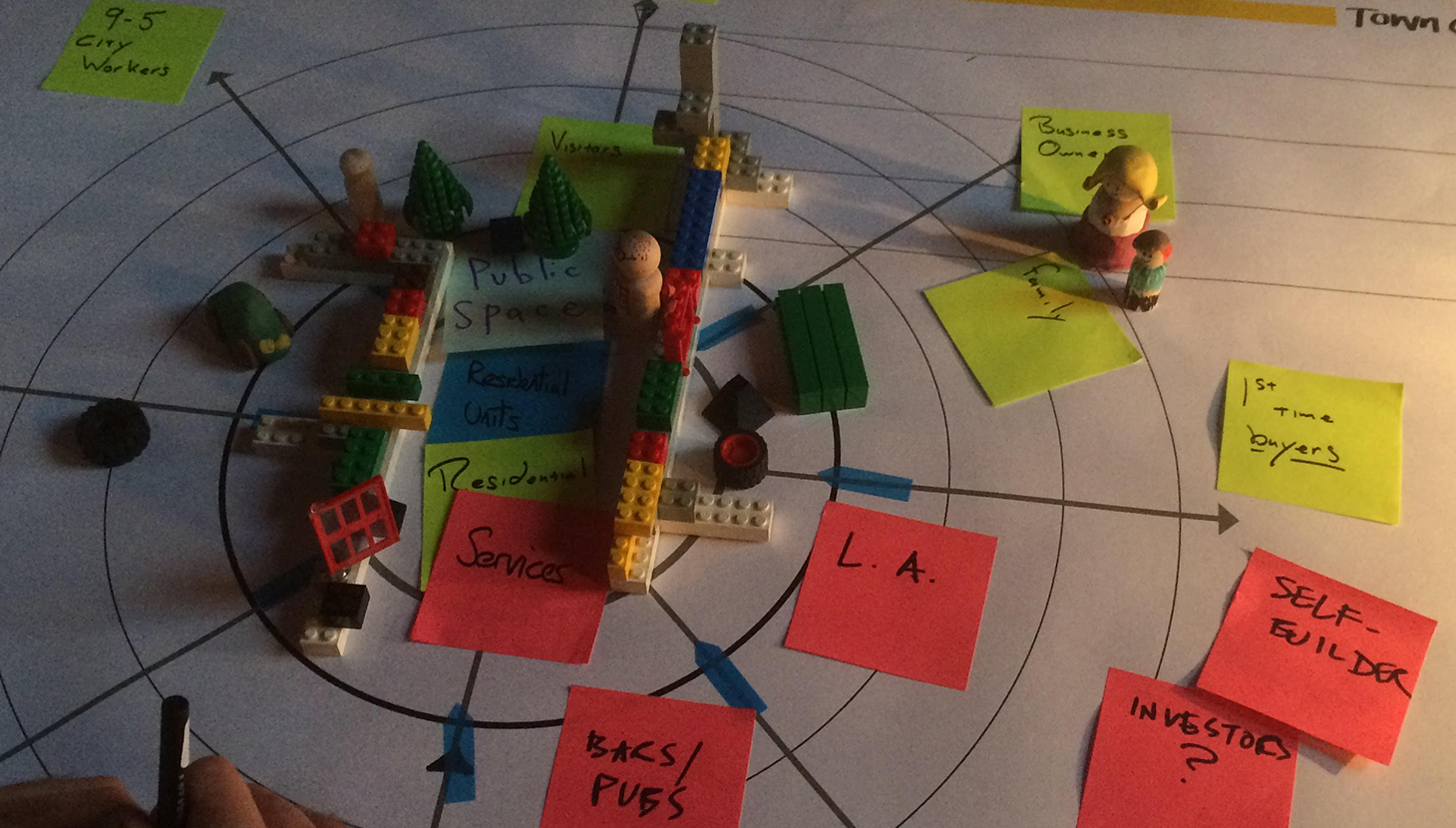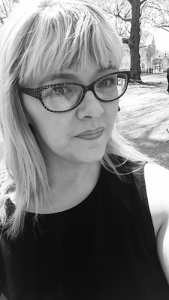
Place Challenge 2015, Arbroath
“Tell me and I forget. Teach me and I remember. Involve me and I learn.” – Benjamin Franklin

Kirsty Macari AoU
“Placemaking” is a hot topic just now in Scotland and many are awaiting the outcome of the Places, People and Planning consultation. It is clear that many agree there is a need to the link between spatial planning and community planning along with the need to increase community participation in the planning process. There are challenges around this including having a better understanding of what different services are trying to achieve, after all we are all trying to achieve the same thing……or are we?
I attended the 13th PASCAL International Conference, Learning Cities 205 – Global, Local, Connected, Sustainable, Healthy and Resilient in 2016. It focussed on the future directions for Learning Cities at a time of considerable challenge and opportunity and sharing experiences and opportunities for fresh ideas and innovative forms of partnership. I shared a presentation opportunity with Architecture & Design Scotland on the challenges and way in which people can understand the physical and social issues within an area and how this can be used to develop better places. We explored the tools, techniques and processes used as part of Place Challenge which was held in Arbroath in 2015. This recognised the important part in society that towns and town centres play in creating sustainable places and the changing patterns of service provision, demand and competition.
Communication and engagement are vital to success of better places but so is a willingness to learn. If we accept the idea that place matters to life chances and prosperity for communities, then we begin to think about what it would look like to make places better, to build better places. We could think about this ‘making’ as an act of empowerment, as an institutional tool informed by context, and we could see this making as a process which moves from making the conditions for success, to making decisions, making interventions, down to making buildings, spaces and services. We could understand ‘placemaking’ as a strategic shaping process, which engages a variety of people in a variety of ways aligned by a shared sense of the outcomes to be achieved in a place. But, to realise some of this thinking we would need to be clear about what we actually mean by place, and set out a definition of placemaking that could build these coalitions for action. And within this, we should be critical about the purpose of the placemaking; who is it really for, and who benefits. Given that placemaking might be understood as a strategic shaping tool in localities, it is reasonable to assume that this shaping process should be both founded on learning, and become itself a learning process, and that this place based approach to learning could itself support how different people participate in the act of shaping places.
Using the built environment is a powerful way of helping people to conceive of the act of changing places and imagining the impacts. But, the built environment should be understood as a vehicle to make change happen, not necessarily as an end in itself, as the change necessary to support better outcomes for people also includes different ways of doing institution, different ways of doing service, of doing civic, of doing management and governance.
The above thoughts have been integrated into a co-written chapter for a book to be published by The Adult Higher Education Alliance later in 2017.
When people ask what I do for a living, I tell them that I’m an urbanist. This usually results in a “so what does that mean?” It isn’t quite as easy to describe as an architect, planner or engineer but what it does do is allow that involved conversation to begin.
In some respects I feel that I am only just really beginning to find my feet in my urbanism journey but I do believe that everyone has a role to play. The integration of people and place is an ever-changing situation and no two outcomes are ever the same. The challenge we face today is creating sustainable future places whilst respecting the value and views of the people and its history. I am passionate about engaging and involving the full spectrum of people that make up our towns, cities and countries through education and placemaking. I want to help others explore their passion for place and only then, can we be truly collaborative.
Kirsty Macari AoU
Connect with Kirsty